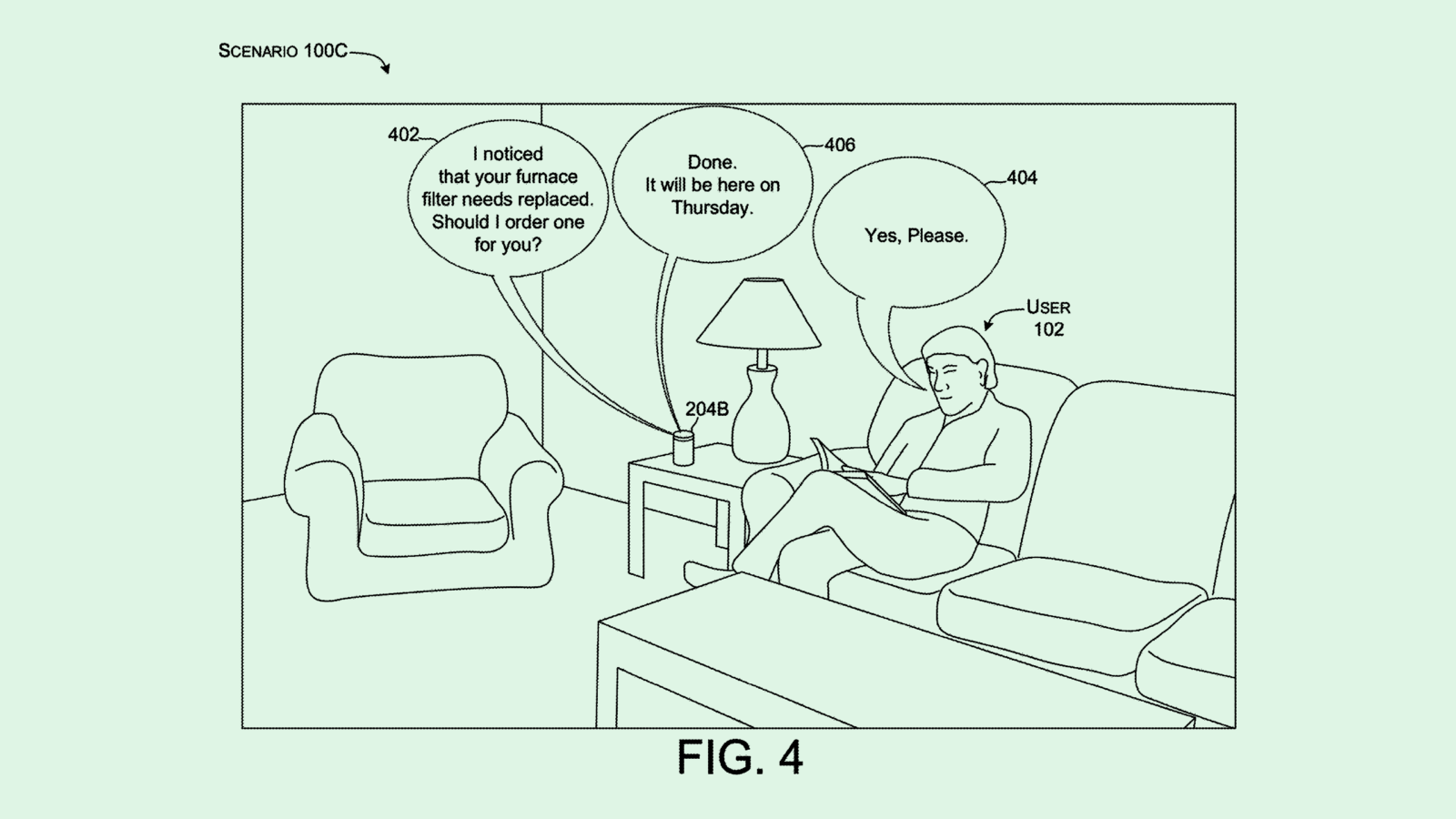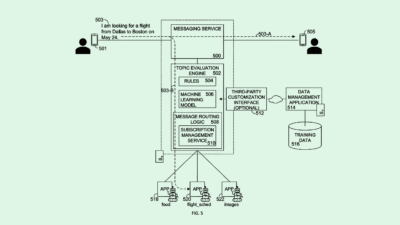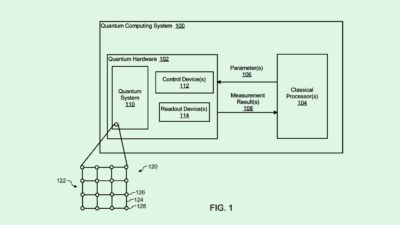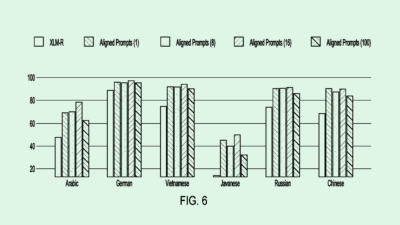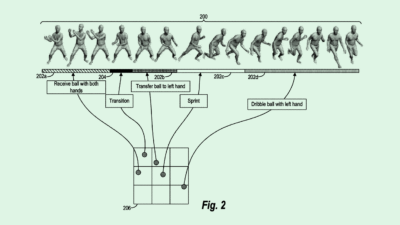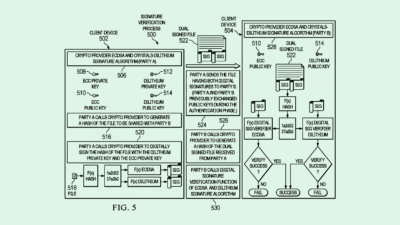Microsoft Fights Climate Change With Cryogenics
Microsoft wants to clean the atmosphere by freezing it. It highlights a big problem with carbon removal efforts: the ginormous price tag.

Sign up to uncover the latest in emerging technology.
Microsoft wants to freeze the atmosphere. No, we’re not exaggerating.
The company has filed a patent application for a system for “cryogenic removal” of carbon dioxide from the atmosphere. Microsoft’s patent details a system for what it calls “cryogenic direct air capture,” which uses low temperatures to basically freeze carbon solid.
Here’s how it works: Atmospheric air is pulled into what the filing calls a “recuperative heat exchanger.” This essentially sucks the heat out of the atmospheric air and cools it down to slightly above carbon dioxide’s “deposition point,” or the point at which gas becomes a solid without having to go through a liquid phase first.
That cooled air is passed through a “deposition surface,” which is cooled by a “ cryogenic refrigerator.” Upon contact, the carbon dioxide transitions into solid form, and is collected and stored. With the carbon now removed, the rest of the air is released back into the atmosphere, passing through the recuperative heat exchanger and cooling the incoming air on its way out, starting the cycle over again.
Microsoft says in its filing that capturing carbon in the atmosphere “is needed to avoid the worst impacts of climate change.” However, current approaches of “direct air capture” are too expensive and require “too much energy to be practical” for ridding the atmosphere of significant amounts of carbon. Natural approaches, such as growing forests, also require natural resources “at a scale that is not practical,” the company says.
“The amount of [carbon dioxide] in the atmosphere in 2022 is 415 parts per million,” Microsoft notes. “The level is the highest in human history and is growing each year.”

Microsoft’s research into more carbon capture technology is only to be expected. The company previously filed a patent for a carbon capture system that works specifically in tandem with data centers.
Carbon removal has long been part of the company’s ambitious climate vision, having invested in a host of carbon removal companies as a part of its $1 billion Climate Innovation Fund. The company aims to go carbon-negative by 2030 and remove the equivalent of its historical emissions by 2050.
At first blush, this tech sounds like it’s straight out of an episode of Futurama. But the concept that carbon dioxide and water freeze at higher temperatures than other gasses in air makes sense in theory, said Dr. Dan Stein, founder and director of climate consultancy Giving Green. Whether Microsoft can get it to work from an engineering standpoint, he noted, is unclear. “Nothing (in the patent) seemed insane,” Stein noted. “But it’ll take a lot of energy to actually do the cooling.”
However, this patent pointed out a big problem facing developers of carbon capture and removal technology: It’s incredibly difficult and costly to scale, Stein noted. Air capture removal methods take a lot of energy and funding, with some estimates showing that it costs $1,000 per metric ton of carbon, when it needs to be closer to $100. Reforestation, meanwhile, takes up a ton of land and manpower.
“I think everyone agrees that we need more ideas, because we have a lot of stuff that works, but it’s all expensive and difficult to scale,” said Stein.
Among Big Tech companies, Microsoft is one of the earliest supporters of carbon removal as a way to fight climate change. But over the years, several tech firms have come to realize that roadmaps to reduce emissions will “only get you so far,” said Stein. Bridging the final gap can either be done by buying carbon offsets, most of which “are not really reliable,” or going after carbon removal, he said.
“Almost all carbon removal methods have some kind of problem, which is why we haven’t ramped it up,” he said. “Everyone within the carbon removal space would agree that we have not cracked this nut yet.”




